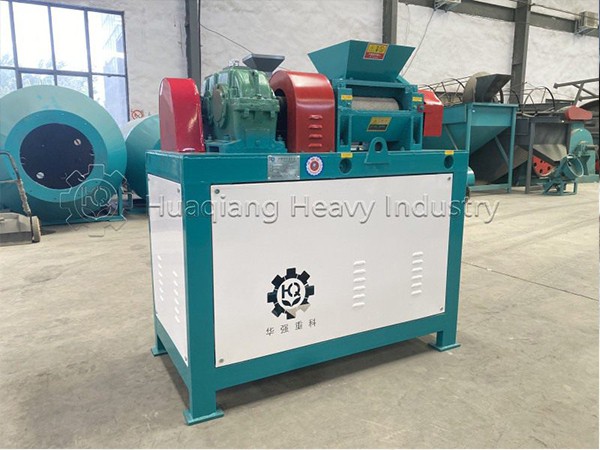In today’s eco-conscious world, double roller press granulators have emerged as an ideal choice for the fertilizer industry, thanks to their unique environmental benefits. Here’s how they contribute to greener production:
- Minimizing Environmental Pollution
No drying process required: Unlike traditional methods, double roller press granulators operate at room temperature without needing drying steps or chemical binders. This cuts energy use and avoids emissions from drying equipment.
Low dust and noise pollution: The sealed design of these machines effectively contains dust and reduces noise during operation, creating a cleaner and quieter workplace.
- Boosting Resource Efficiency
Versatile material compatibility: These machines can process a wide range of raw materials, including organic or inorganic fertilizers, animal protein feed ingredients, and industrial chemicals. This flexibility reduces waste by turning diverse resources into usable products.
High continuous operation capacity: Designed for non-stop production, they significantly improve output efficiency while meeting large-scale demands, ensuring resources are used to their fullest potential.

- Reducing Energy Consumption
Energy-saving design: By eliminating the need for binders and high-temperature drying, double roller press granulators slash energy use. The room-temperature process also preserves material moisture, further lowering energy needs.
Energy recovery tech: Some advanced models recycle energy generated during crushing, turning wasted power into reusable energy for other processes.
- Enabling Waste-to-Resource Conversion
Solid waste management: The granulator can process industrial byproducts like coal ash, slag, and sludge, transforming them into safe, reusable pellets. This reduces landfill waste and prevents soil or water contamination.
Producing recycled materials: By compacting and reshaping waste, the machine creates valuable resources. For example, in sludge treatment, it mixes and granulates waste into pellets for land rehabilitation or construction materials, closing the loop on waste cycles.


